10 Low-Energy Dog Breeds That Love Naps More Than Walks
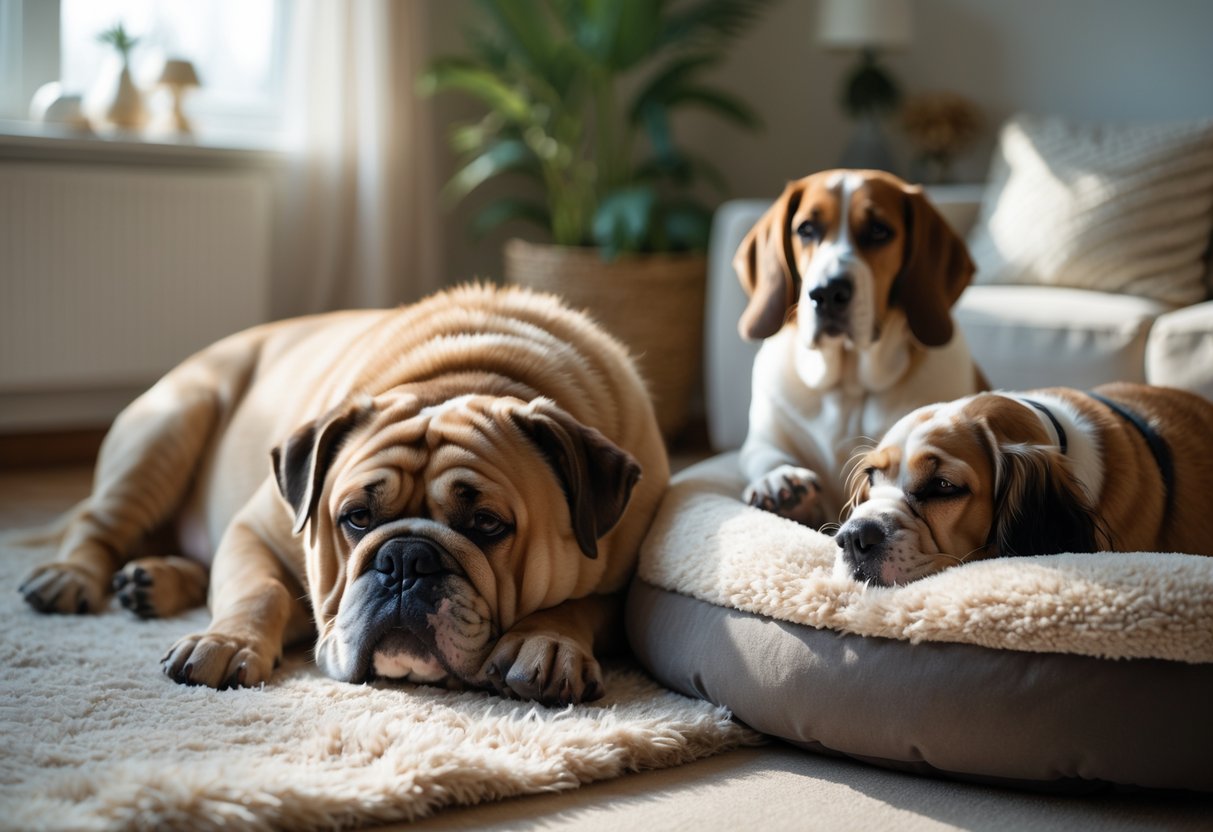
Low-energy dog breeds are known for their calm and relaxed nature. These dogs tend to be quiet, laidback, and require less exercise than more active breeds. They are often a good fit for people with a slower pace of life or limited space.
Low-energy dogs are ideal for those who want a companion that enjoys resting and fits well with a calm lifestyle. These breeds provide steady companionship without the need for constant activity or play. They can adapt easily to apartment living or quieter homes.
1) French Bulldog
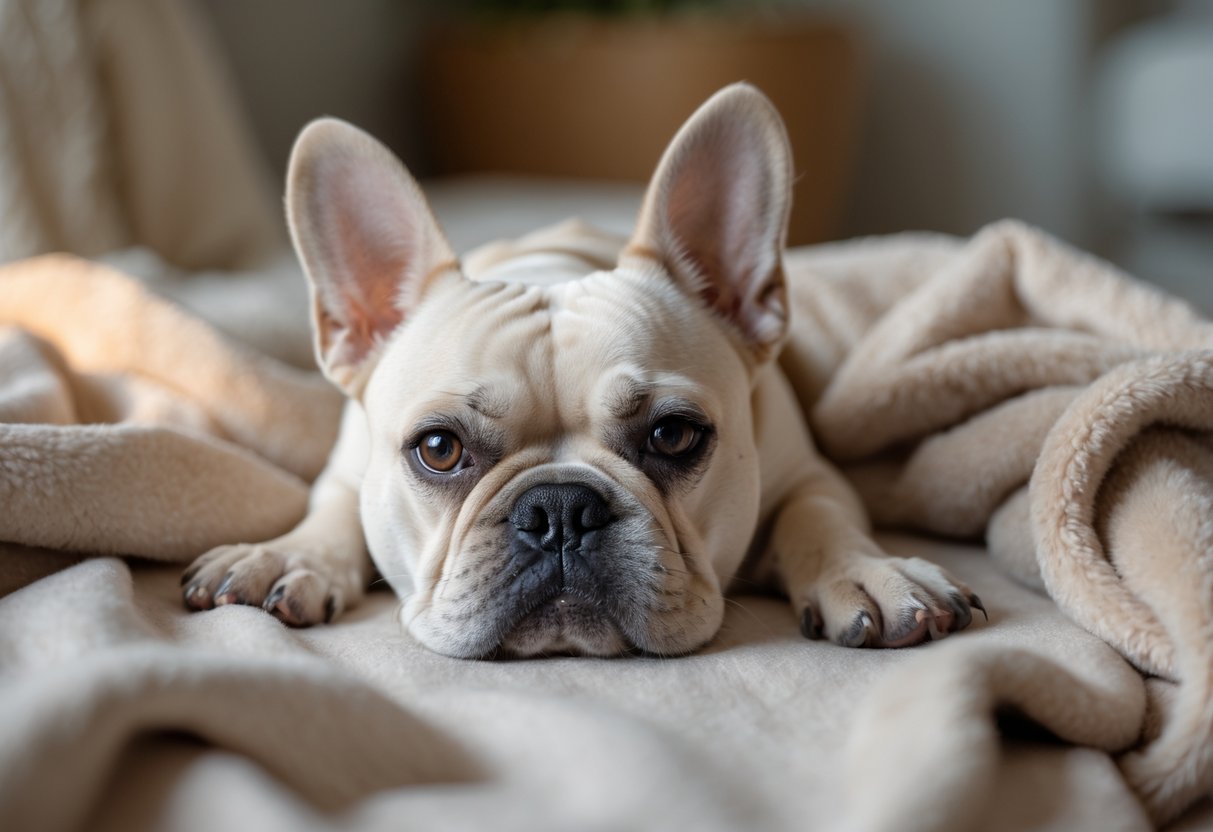
The French Bulldog is a small, low-energy dog that enjoys a calm lifestyle. It prefers short walks and playtime but spends most of its time relaxing with its owner. This breed adapts well to apartment living because it does not need much space or exercise.
French Bulldogs are known for their affectionate and gentle nature. They form strong bonds with their families and are good with children. Their easygoing attitude makes them a popular choice for people who want a quiet, loving companion.
They are relatively easy to train but require patience. Overall, the French Bulldog fits well with owners who seek a relaxed and friendly pet.
2) Bulldog
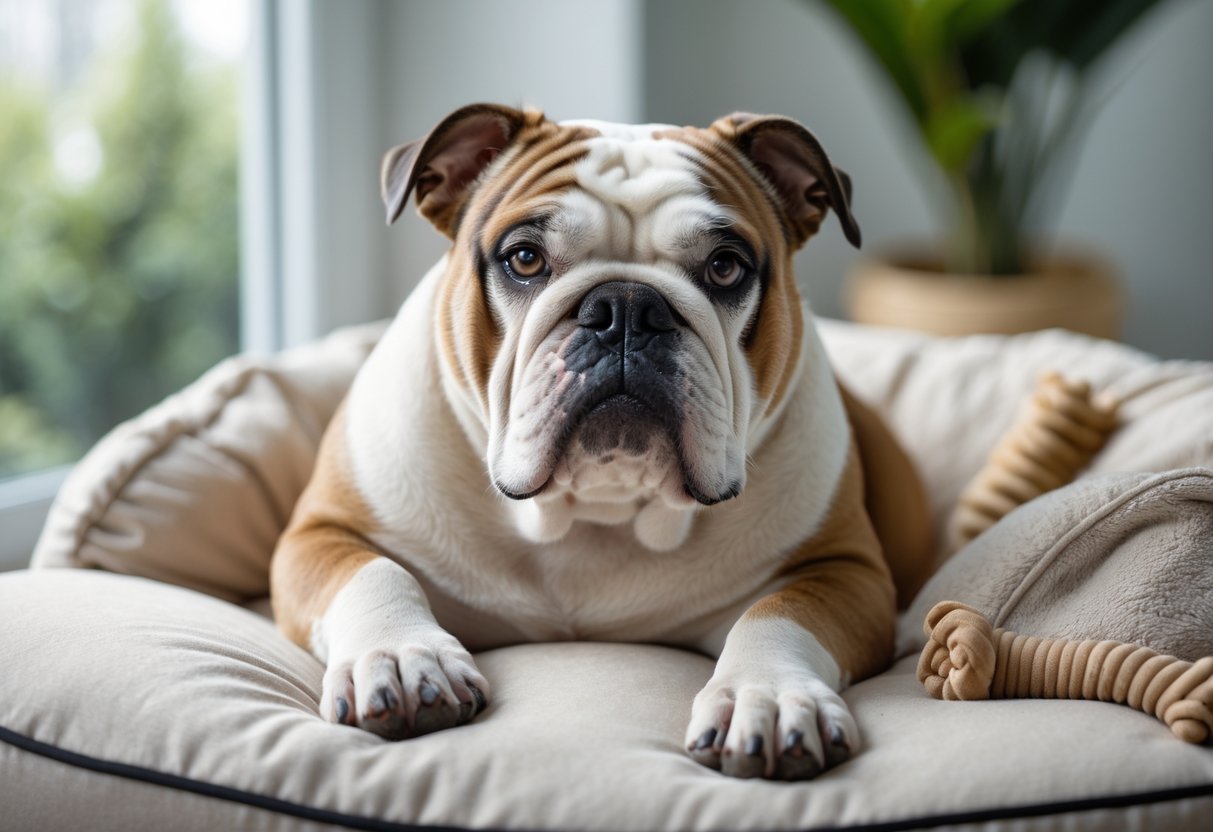
The Bulldog is known for its calm and relaxed nature. It has a stocky build and low energy levels, which makes it comfortable with short walks rather than long runs.
This breed enjoys lounging and is often happy spending time resting with its owner. Bulldogs are not demanding when it comes to exercise but still need some daily activity to stay healthy.
Their easygoing temperament makes them a good choice for people who want a dog that fits a low-energy lifestyle. Bulldogs adapt well to living indoors and are often content in smaller spaces.
3) Basset Hound
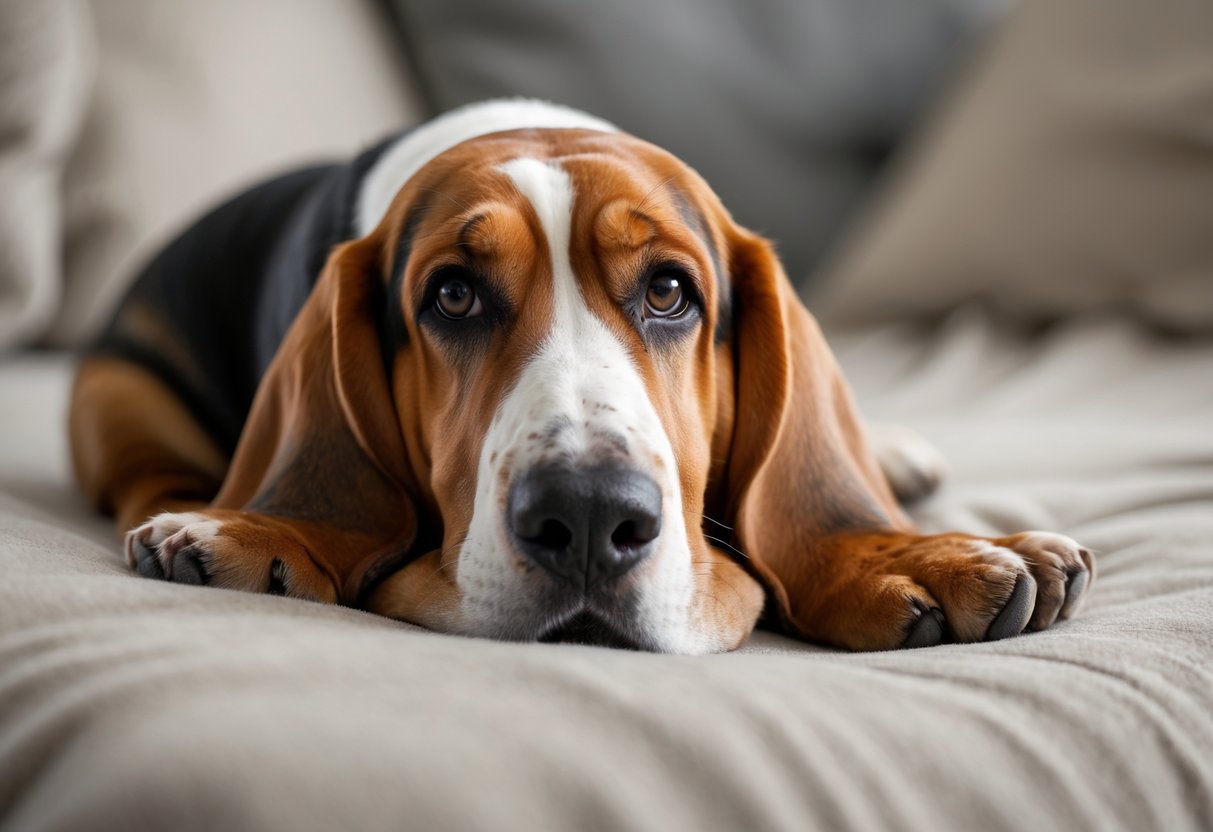
The Basset Hound is known for its low energy and calm nature. It has short legs, a long body, and droopy ears, which give it a distinctive look. This breed was originally used for hunting, so it enjoys outdoor walks but prefers a slow and steady pace.
Basset Hounds are great for people who want a relaxed pet. They like lounging around the house and are not very active indoors. Despite being low-energy, they still need regular exercise to stay healthy.
They are friendly and gentle dogs. Their quiet temperament makes them good companions for families who want a calm, easygoing dog.
4) Shih Tzu
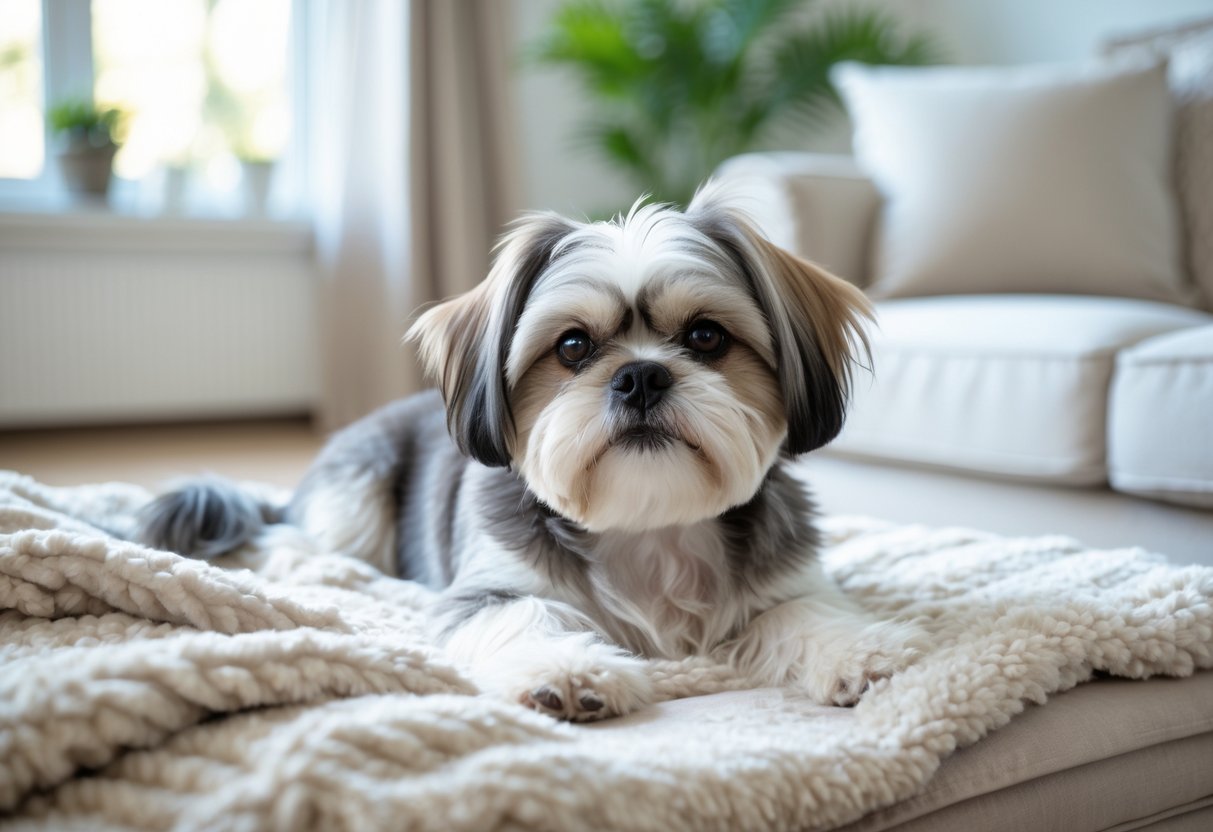
The Shih Tzu is a small dog breed known for its calm and friendly nature. It usually weighs between 9 and 16 pounds when fully grown.
This breed has low energy needs and is happy with short walks or indoor play. Shih Tzus make good pets for families and adapt well to apartment living.
They have hair instead of fur, which makes them easier for some allergy sufferers. Their coat requires regular grooming to keep it healthy and neat.
Shih Tzus are loyal and enjoy spending time with their owners without needing much exercise.
5) Chow Chow
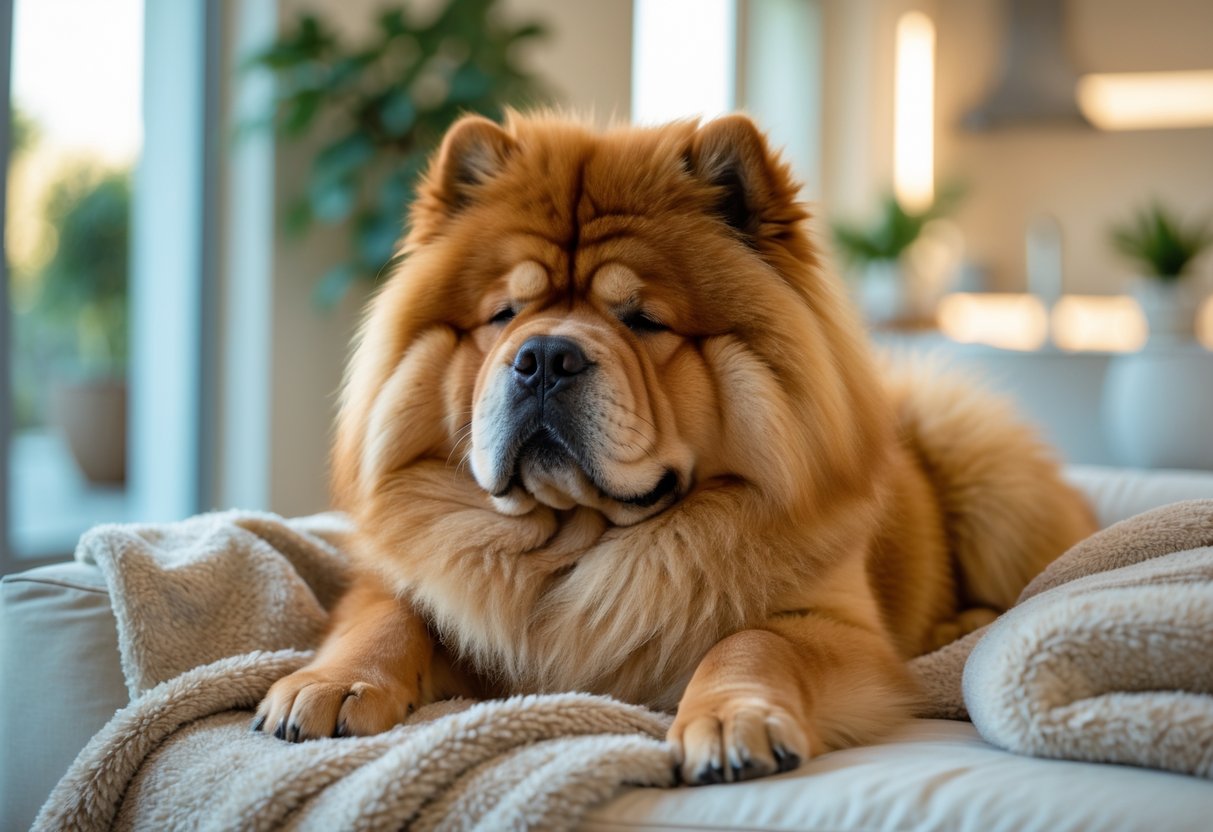
The Chow Chow is a calm and low-energy dog breed. It has a thick, fluffy coat and a unique lion-like appearance.
This breed is loyal and protective but prefers quiet time over active play. It usually needs only two short walks daily.
Chow Chows are known for their independent nature and can be aloof with strangers. Early socialization and training are important for a well-behaved dog.
They do well in homes where a relaxed pace fits the lifestyle. Their low exercise needs make them a good choice for owners who want a laid-back companion.
6) Cavalier King Charles Spaniel
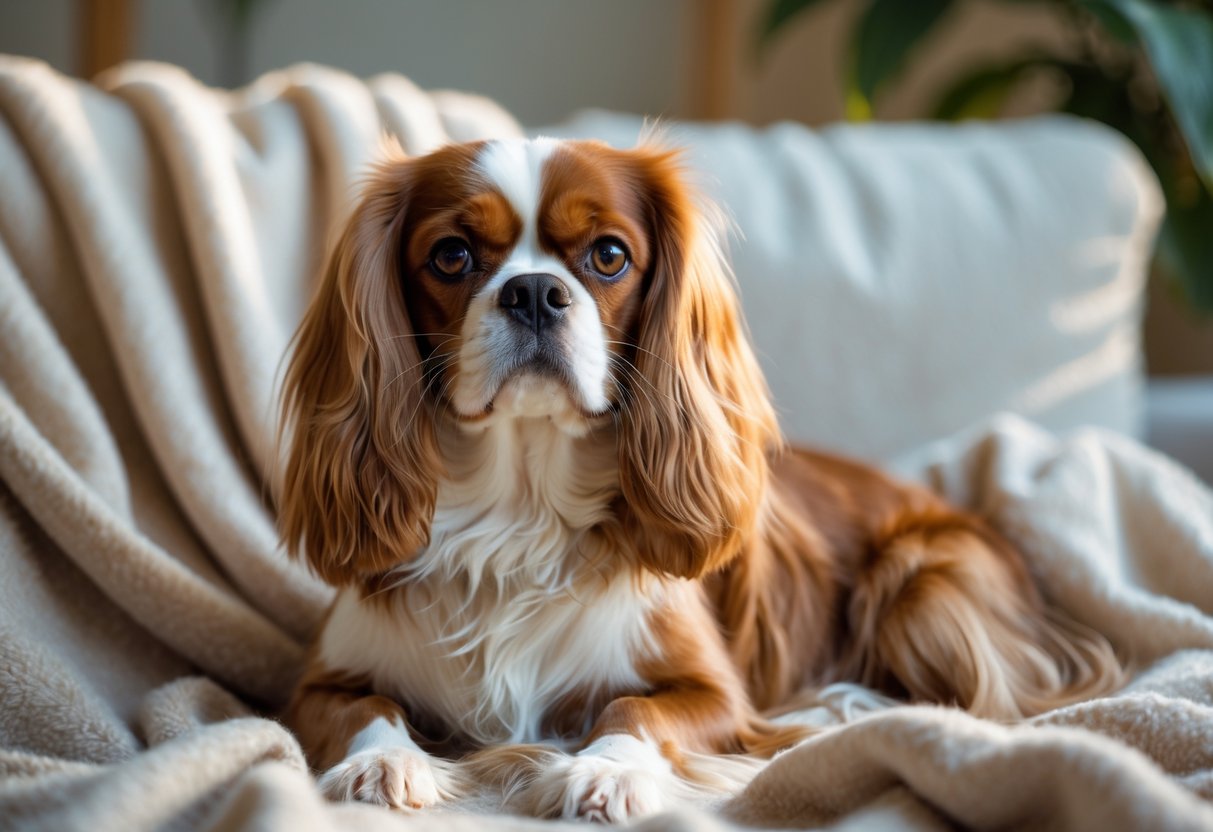
The Cavalier King Charles Spaniel is a small dog known for its calm and gentle nature. It adapts well to quiet homes and enjoys spending time indoors, often cuddling with its owner.
This breed is friendly and affectionate, making it a great companion for families, seniors, or apartment dwellers. While it likes short playtimes and daily walks, it mostly prefers relaxing.
The Cavalier has a medium-length, silky coat that requires regular grooming. It is a balanced mix of playful and calm, fitting well with a low-energy lifestyle without being completely inactive.
7) Saint Bernard
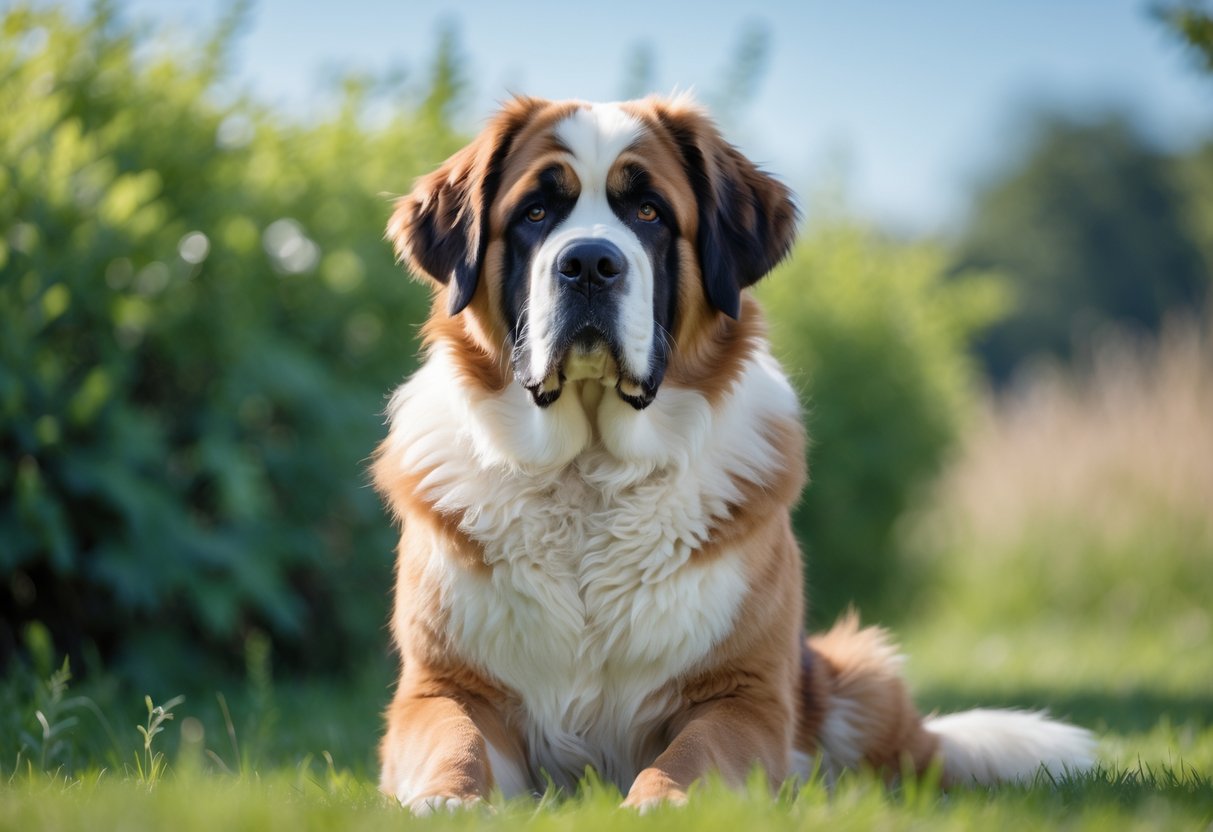
The Saint Bernard is a large dog breed known for its calm and gentle nature. It weighs up to 150 pounds but is low-energy and usually relaxed.
This breed is friendly with children, strangers, and other dogs. It was originally bred for search and rescue in cold mountain regions.
Saint Bernards need controlled portions of food to avoid weight gain. They do well on high-quality diets made for large breeds. Their laid-back temperament makes them a good fit for families looking for a calm pet.
8) Great Dane
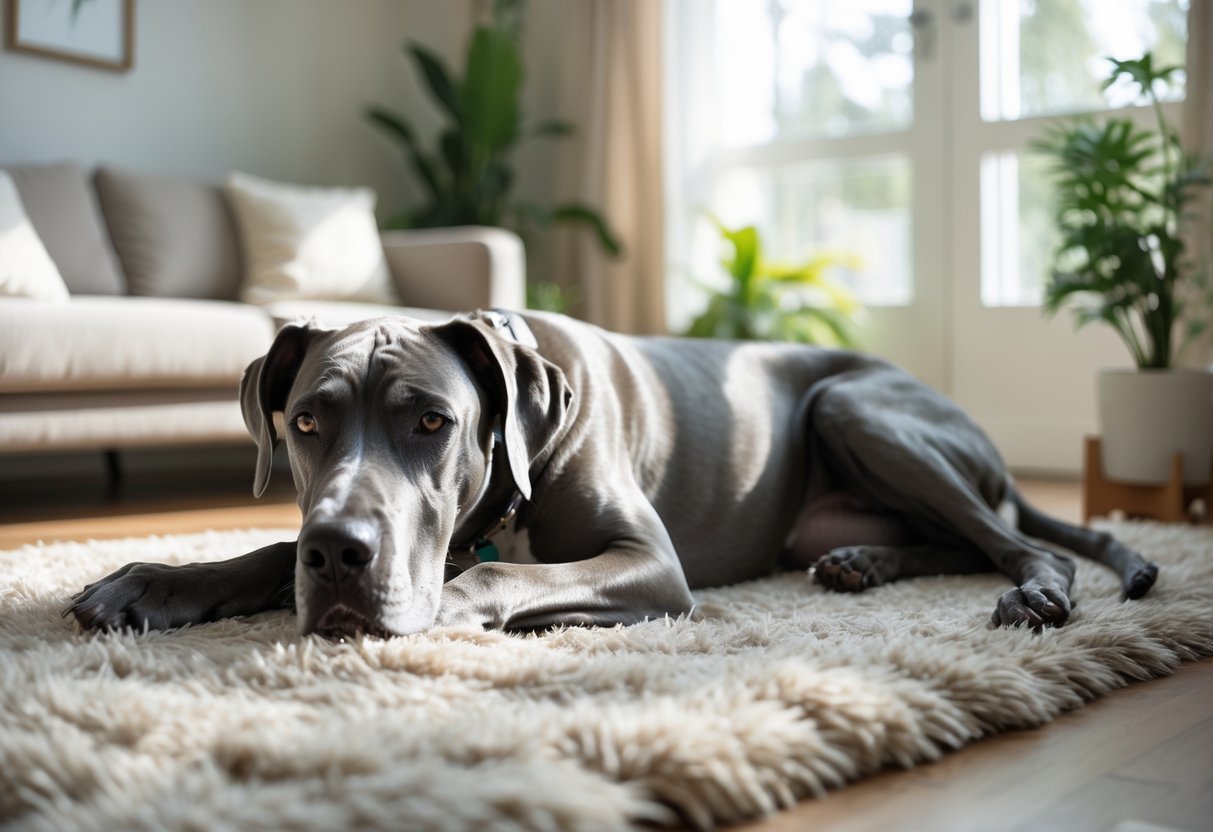
The Great Dane is a large dog breed known for its calm and gentle nature. Despite their size, they are surprisingly low-energy compared to many other breeds.
They usually enjoy a couple of short walks each day and some playtime in the yard. Great Danes are often content to rest quietly for long periods.
This breed is patient and good with families, making them a popular choice for those wanting a relaxed, big dog. Their lower activity level fits well with owners who prefer a calm lifestyle.
9) Mastiff
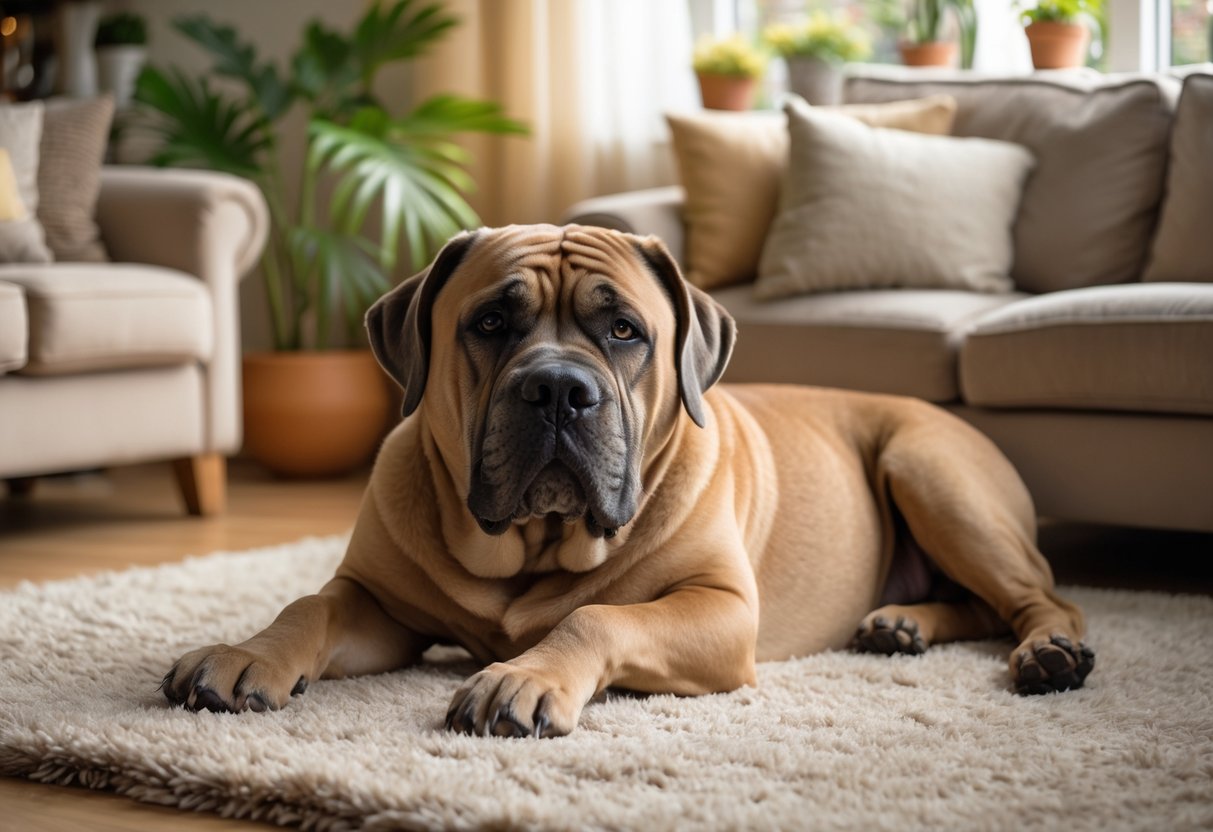
The Mastiff is a large and powerful dog breed that usually weighs between 120 and 200 pounds. It has a calm and gentle nature, making it one of the low-energy breeds.
Despite its size, the Mastiff prefers resting and relaxing over active play. However, it still needs daily exercise, like short walks, to stay healthy and mentally engaged.
This breed suits families or owners who want a laid-back companion. The Mastiff is loyal and affectionate but requires consistent care and attention.
10) Greyhound
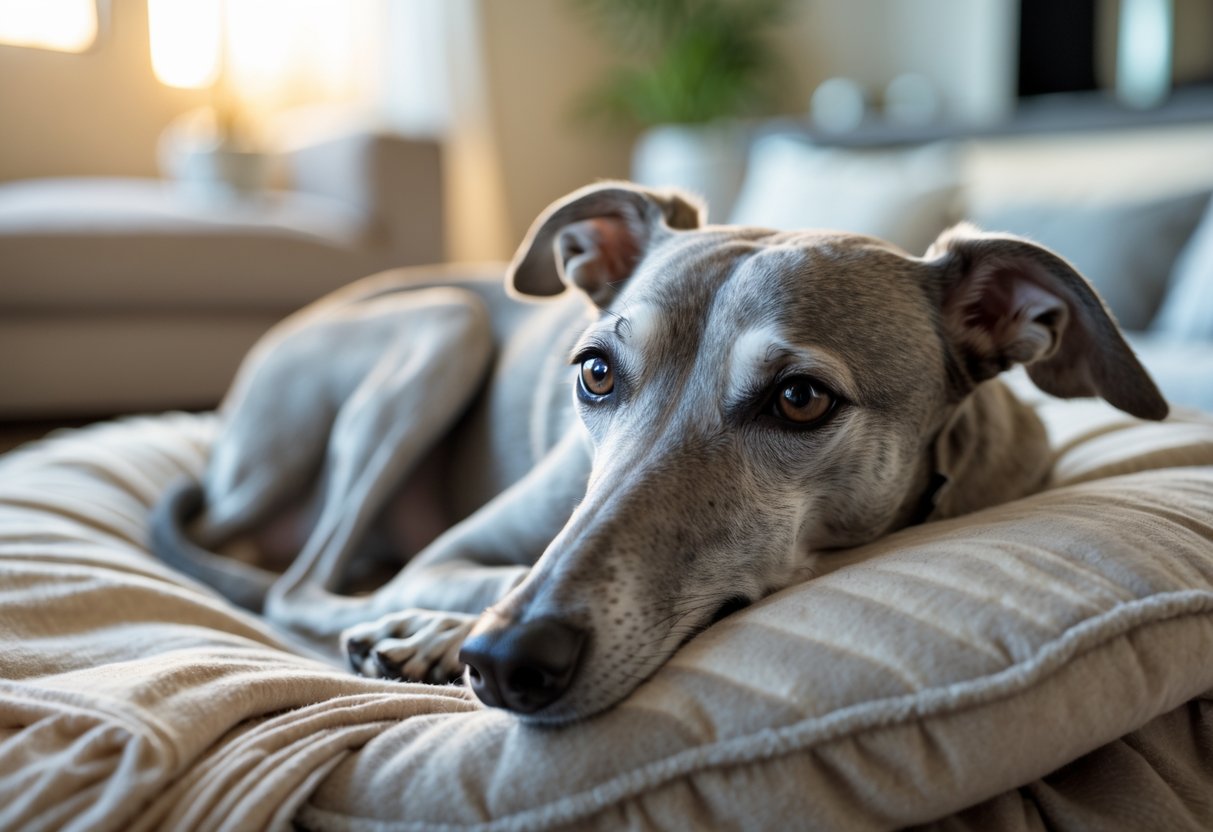
The Greyhound is known for its speed but is actually a very low-energy dog in daily life. After a quick burst of running or play, it prefers to rest quietly for long periods.
This breed adapts well to apartment living because it doesn’t need constant exercise. Greyhounds enjoy naps and can be calm indoors.
Though large, they are gentle and relaxed, making them good for owners who want a laid-back pet. Regular short walks and mental stimulation keep them healthy and happy.
Care Considerations for Low-Energy Dogs
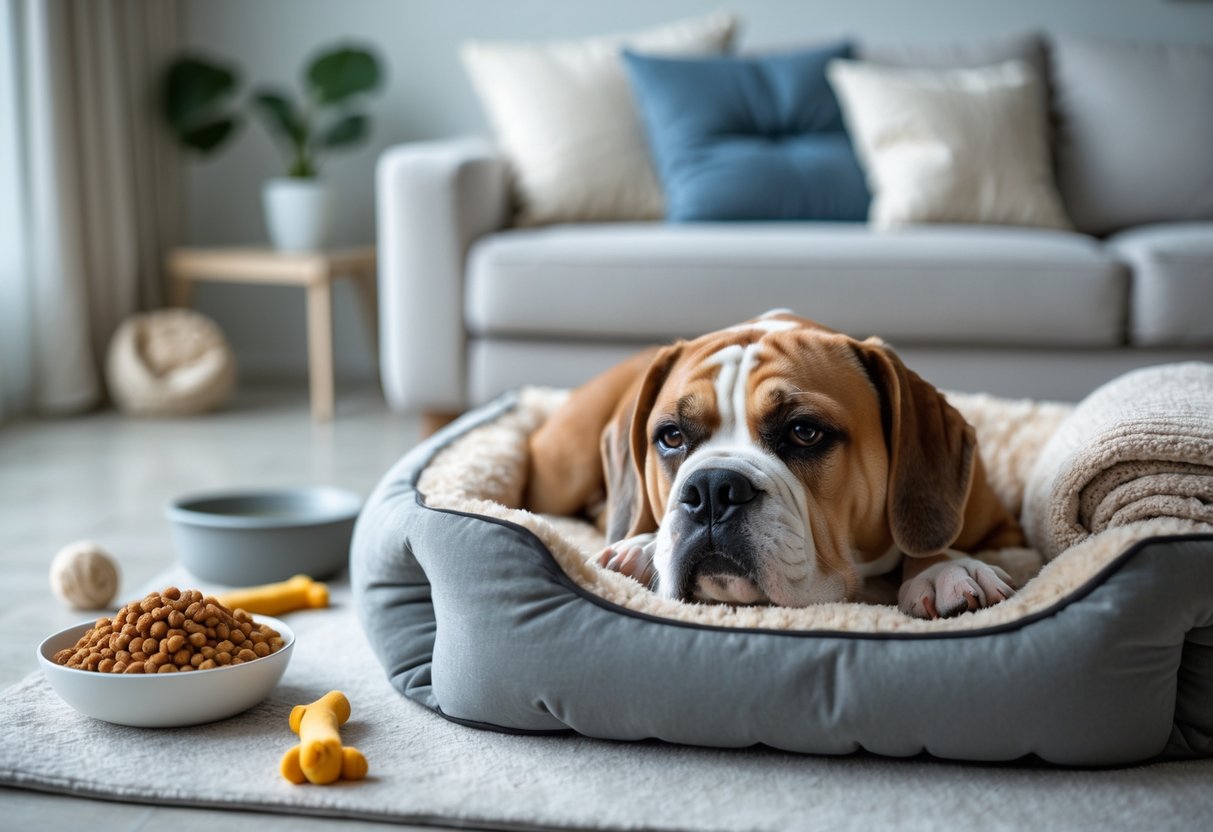
Low-energy dogs need balanced care to stay healthy and happy. Their exercise should match their activity level, and they often have specific health risks. Proper feeding helps maintain their weight and energy without causing problems.
Exercise Needs and Routines
Low-energy dogs require daily exercise, but it is usually short and gentle. Walks that last 15 to 30 minutes, once or twice a day, are often enough. Activities like slow leash walks or calm play indoors meet their physical needs without overstimulating them.
Mental stimulation is also important. Puzzle toys or simple training sessions help prevent boredom. Avoid intense exercise that can stress joints or heart health, especially in breeds prone to those problems.
Consistency is key. Keeping a regular routine helps the dog adjust and stay fit without pushing beyond their natural energy level.
Common Health Concerns
Many low-energy breeds are prone to joint issues like hip dysplasia or arthritis. Maintaining a healthy weight reduces stress on their joints. Breathing problems are common in breeds with short noses, such as Bulldogs or Pugs.
Regular vet check-ups are important to catch problems early. Low-energy dogs may also develop heart conditions or obesity if not monitored closely.
Owners should watch for signs of discomfort or lethargy that seem unusual. Proper grooming helps prevent skin infections, especially in breeds with wrinkles or thick fur.
Feeding and Nutrition Tips
Low-energy dogs need fewer calories because they burn less energy. Portion control is crucial to prevent weight gain, which worsens joint and heart issues.
Feeding high-quality dog food with balanced nutrients supports overall health. Foods rich in omega-3 fatty acids can help joint health, while fiber aids digestion.
It’s best to feed them in measured amounts twice a day and avoid too many treats. Monitoring body weight regularly helps adjust portions as needed to keep the dog at a healthy size.
Best Environments for Low-Energy Breeds
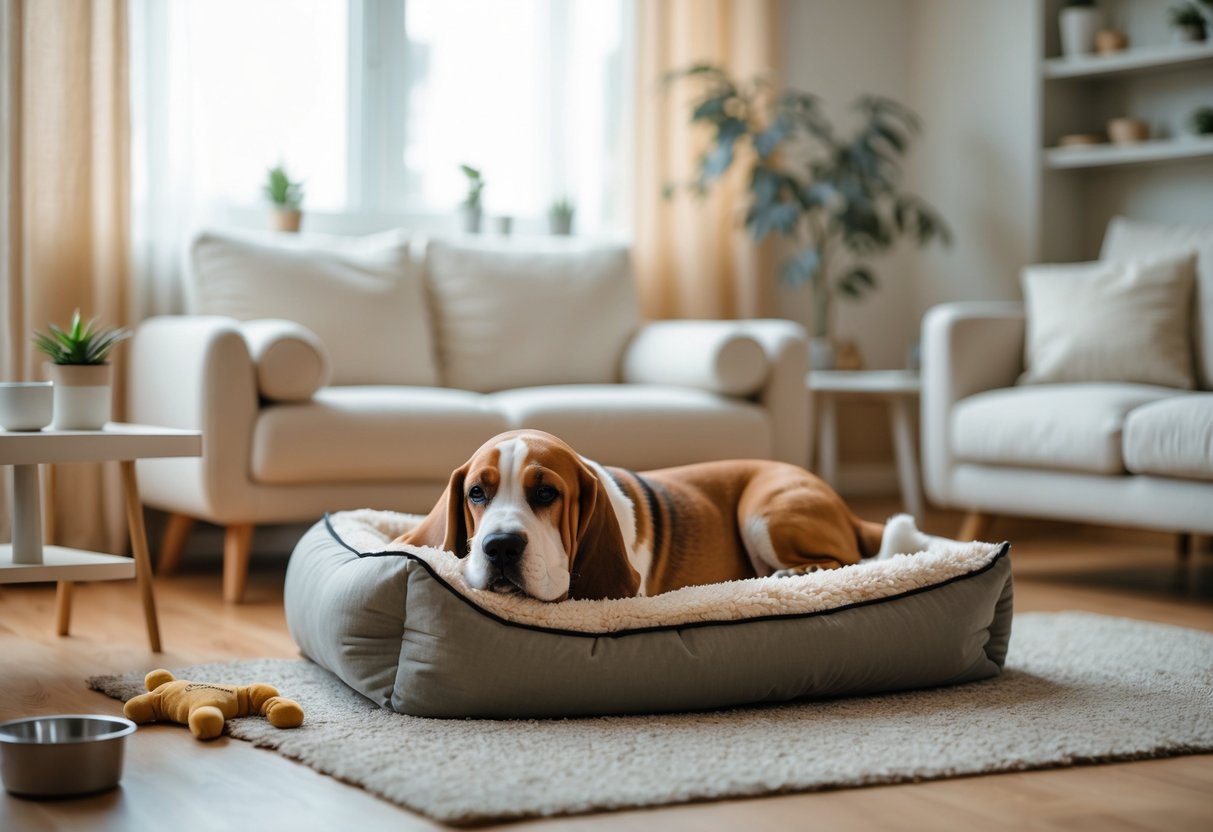
Low-energy dog breeds thrive in calm and comfortable settings that support their relaxed nature. Their environment should prioritize ease of movement, quiet, and accessible areas for rest and light activity.
Indoor Living Suitability
Low-energy dogs are generally well-suited to indoor living, especially apartments and smaller homes. They need a cozy space with soft beds or cushions where they can rest undisturbed.
Accessibility is important. Dogs with mobility concerns benefit from minimal stairs or ramps to help them move easily.
Temperature control matters. Low-energy breeds often prefer cooler, stable indoor environments to avoid overheating during naps.
Owners should provide quiet zones away from high traffic and noise. These dogs enjoy a peaceful spot to unwind without constant stimulation or loud sounds.
Ideal Home Layout and Space
Homes with open floor plans and soft flooring work well for low-energy dogs. Open layouts give them space to stretch and move without getting overwhelmed.
A small fenced yard or a nearby park is enough for occasional short walks and bathroom breaks. These breeds don’t need large areas for high-energy activities.
It’s helpful to keep frequently used items—like food bowls and water—near resting spaces to reduce movement strain.
Limiting access to many staircases helps avoid unnecessary jumping and joint stress, which supports their physical comfort.
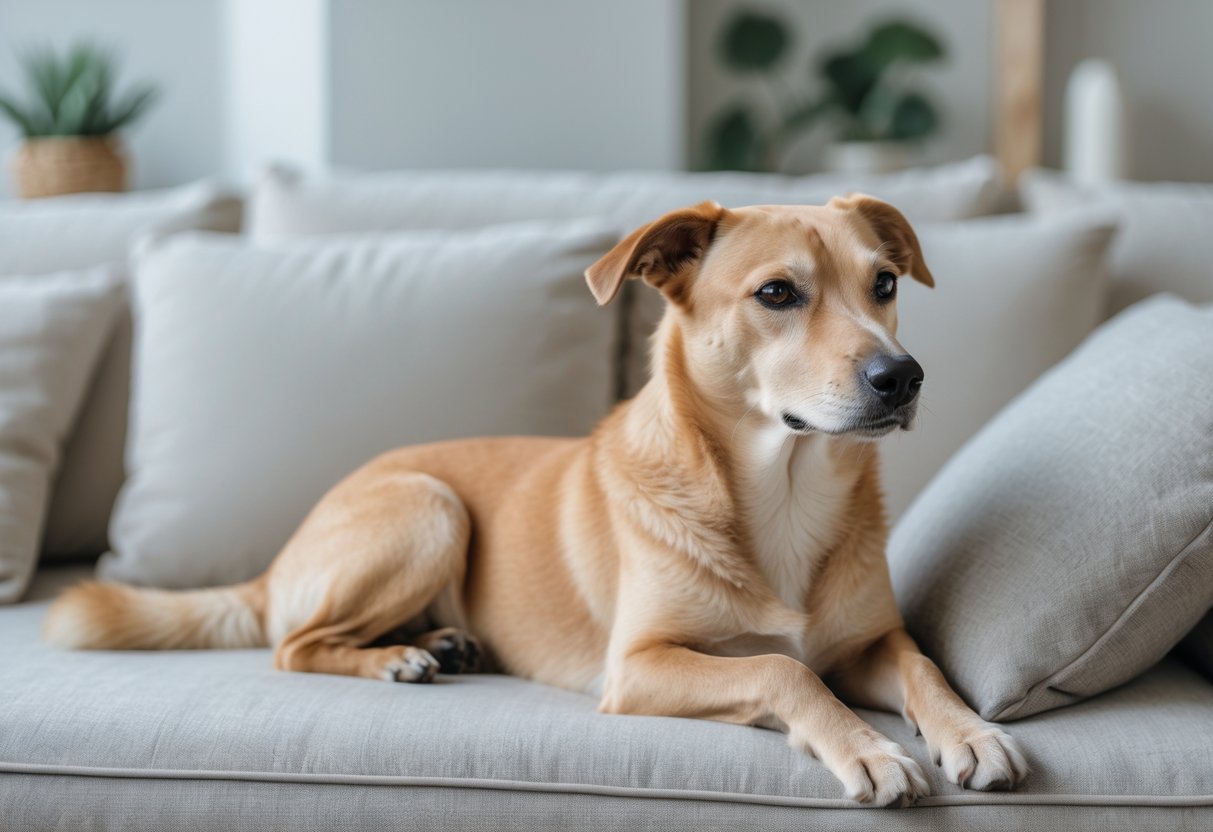
Frequently Asked Questions
Low-energy dog breeds come in many sizes and types, offering options for different living situations. Some breeds are easier to care for, while others suit owners with allergies or first-time experience.
